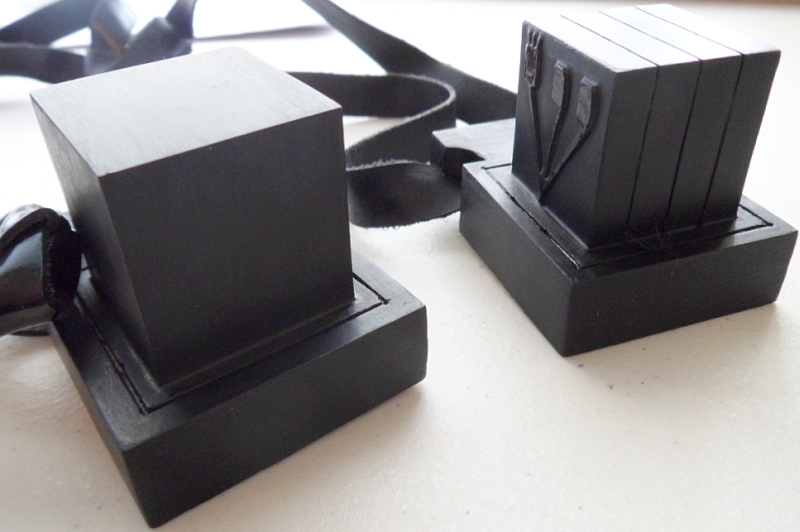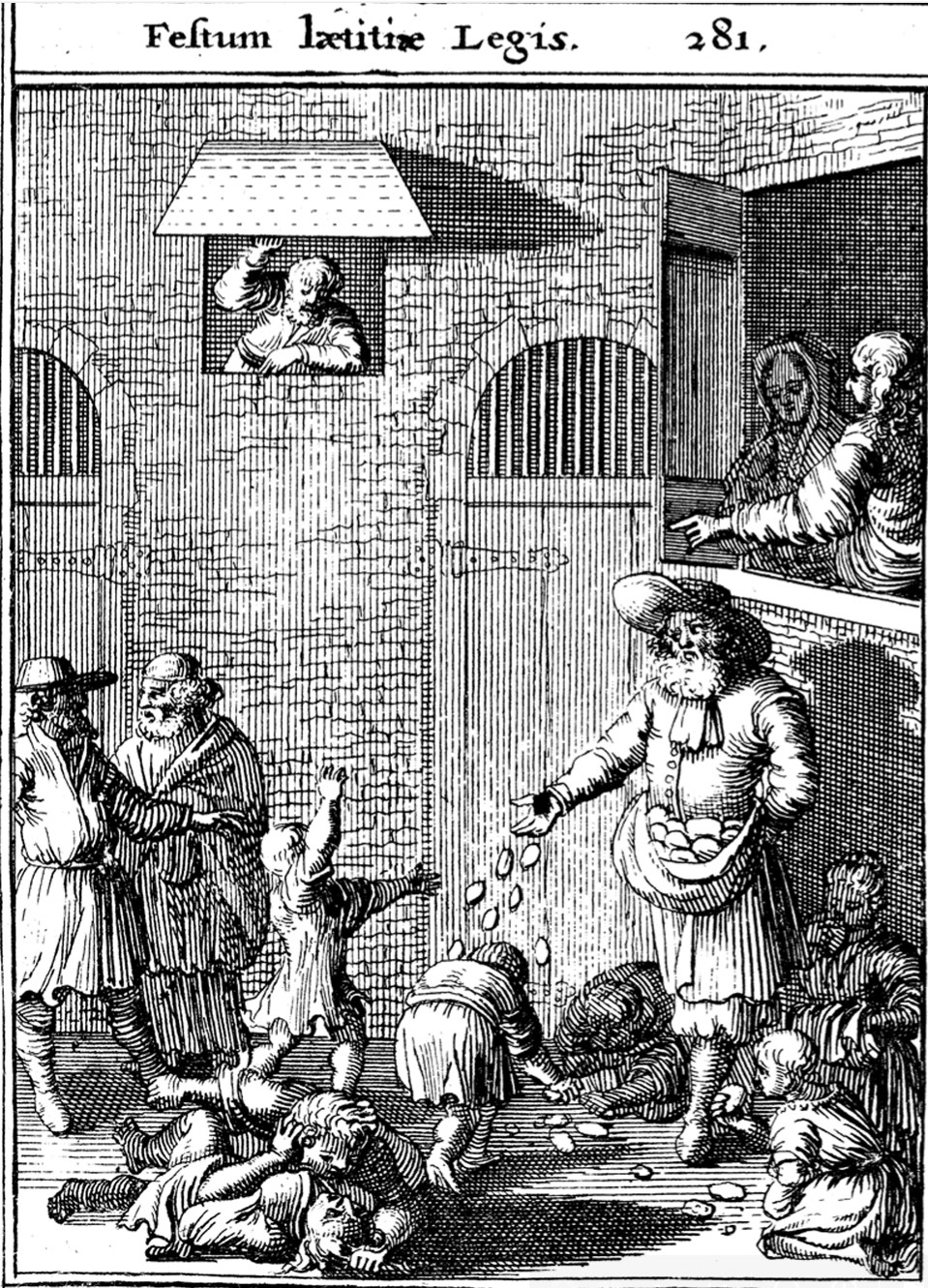|
Orthodox Jewish Feminism
Orthodox Jewish feminism (also known as Orthodox feminism amongst Jews) is a movement in Orthodox Judaism which seeks to further the cause of a more egalitarian approach to Jewish practice within the bounds of Jewish Law. The major organizations of this movement is the Jewish Orthodox Feminist Alliance (JOFA) in North America, and Women of the Wall (WOW) and its affiliates in Israel and internationally, known as The International Committee for Women of the Wall (ICWOW). In Israel, the leading Orthodox feminist organization is Kolech, founded by Dr. Chana Kehat. In Australia, there is one Orthodox partnership minyan, Shira Hadasha, in Melbourne. The movement relies on liberal interpretations of Jewish Law, by both modern and classical rabbinic scholars, taking advantage of the lack of universal consensus on legal interpretations amongst rabbis in different eras. In 2016, Lila Kagedan officially became the first female Orthodox rabbi, while serving in Melbourne, Australia. L ... [...More Info...] [...Related Items...] OR: [Wikipedia] [Google] [Baidu] |
Orthodox Judaism
Orthodox Judaism is a collective term for the traditionalist branches of contemporary Judaism. Theologically, it is chiefly defined by regarding the Torah, both Torah, Written and Oral Torah, Oral, as literally revelation, revealed by God in Judaism, God on Mount Sinai (Bible), Mount Sinai and faithfully transmitted ever since. Orthodox Judaism therefore advocates a strict observance of Jewish Law, or ''halakha'', which is to be Posek, interpreted and determined only according to traditional methods and in adherence to the continuum of received precedent through the ages. It regards the entire ''halakhic'' system as ultimately grounded in immutable revelation, essentially beyond external and historical influence. More than any theoretical issue, obeying the Kosher, dietary, Tumah and taharah, purity, ethical and other laws of ''halakha'' is the hallmark of Orthodoxy. Practicing members are easily distinguishable by their lifestyle, refraining from doing 39 Melakhot, numerous rou ... [...More Info...] [...Related Items...] OR: [Wikipedia] [Google] [Baidu] |
Yom Tob
Jewish holidays, also known as Jewish festivals or ''Yamim Tovim'' (, or singular , in transliterated Hebrew []), are holidays observed by Jews throughout the Hebrew calendar.This article focuses on practices of mainstream Rabbinic Judaism. Karaite Judaism#The calendar, Karaite Jews and Samaritans#Samaritanism, Samaritans also observe the biblical festivals, but not in an identical fashion and not always at exactly the same time. They include religious, cultural and national elements, derived from four sources: ''mitzvot'' ("biblical commandments"), rabbinic mandates, the history of Judaism, and the State of Israel. Jewish holidays occur on the same dates every year in the Hebrew calendar, but the dates vary in the Gregorian. This is because the Hebrew calendar is a lunisolar calendar (based on the cycles of both the sun and moon), whereas the Gregorian is a solar calendar. Each holiday can only occur on certain days of the week, four for most, but five for holidays in Te ... [...More Info...] [...Related Items...] OR: [Wikipedia] [Google] [Baidu] |
JOFA
The Jewish Orthodox Feminist Alliance (JOFA) is an Orthodox Jewish organization providing educational services on women's issues, with the aim of expanding "the spiritual, ritual, intellectual, and political opportunities for women within the framework of ''Halakha''." It was incorporated on April 14, 1998, with Jewish-American writer Blu Greenberg as its first president.Jewish Orthodox Feminist Alliance, Inc. ... [...More Info...] [...Related Items...] OR: [Wikipedia] [Google] [Baidu] |
Jerusalem Talmud
The Jerusalem Talmud (, often for short) or Palestinian Talmud, also known as the Talmud of the Land of Israel, is a collection of rabbinic notes on the second-century Jewish oral tradition known as the Mishnah. Naming this version of the Talmud after Palestine or the Land of Israelrather than Jerusalemis considered more accurate, as the text originated mainly from Galilee in Byzantine Palaestina Secunda rather than from Jerusalem, where no Jews were allowed to live at the time. The Jerusalem Talmud predates its counterpart, the Babylonian Talmud (known in Hebrew as the ), by about a century. It was written primarily in Galilean Aramaic. It was compiled between the late fourth century to the first half of the fifth century. Both versions of the Talmud have two parts, the Mishnah (of which there is only one version), which was finalized by Judah ha-Nasi around the year 200 CE, and either the Babylonian or the Jerusalem Gemara. The Gemara is what differentiates the Jerusalem ... [...More Info...] [...Related Items...] OR: [Wikipedia] [Google] [Baidu] |
Tefillin
Tefillin (Modern Hebrew language, Israeli Hebrew: / ; Ashkenazim, Ashkenazic pronunciation: ; Modern Israeli Hebrew, Modern Hebrew pronunciation: ), or phylacteries, are a set of small black leather boxes with leather straps containing scrolls of parchment inscribed with verses from the Torah. Tefillin are worn by male adult Jews during weekday and Sunday morning prayers. In Orthodox Judaism, Orthodox and traditional communities, they are worn solely by men, while some Reform Judaism, Reform and Conservative Judaism, Conservative (Masorti) communities allow them to be worn by Jewish adults regardless of gender. In Jewish law (halacha), women are exempt from most time-dependent positive commandments, which include tefillin, and unlike other time-dependent positive commandments, most halachic authorities prohibit them from fulfilling this commandment. Although "tefillin" is technically the plural form (the singular being "tefillah"), it is often used as a singular as well. The a ... [...More Info...] [...Related Items...] OR: [Wikipedia] [Google] [Baidu] |
A Women Praying
A, or a, is the first Letter (alphabet), letter and the first vowel letter of the Latin alphabet, used in the modern English alphabet, and others worldwide. Its name in English is ''English alphabet#Letter names, a'' (pronounced ), plural ''aes''. It is similar in shape to the Ancient Greek letter alpha, from which it derives. The uppercase version consists of the two slanting sides of a triangle, crossed in the middle by a horizontal bar. The lowercase version is often written in one of two forms: the double-storey and single-storey . The latter is commonly used in handwriting and fonts based on it, especially fonts intended to be read by children, and is also found in italic type. In English, ''English articles, a'' is the indefinite article, with the alternative form ''an''. Name In English, the name of the letter is the ''long A'' sound, pronounced . Its name in most other languages matches the letter's pronunciation in open syllables. History The earliest know ... [...More Info...] [...Related Items...] OR: [Wikipedia] [Google] [Baidu] |
Tallit
A tallit, taleth, or tallis is a fringed garment worn as a prayer shawl by religious Jews. The tallit has special twined and knotted fringe (trim), fringes known as ''tzitzit'' attached to its four corners. The cloth part is known as the ''beged'' ("garment") and is usually made from wool or cotton, although silk is sometimes used for a ''tallit gadol''. The term is, to an extent, ambiguous. It can refer either to the ''tallit katan'' ("small tallit") item worn over or under clothing (commonly referred to as "''tzitzit''"), or to the ''tallit gadol'' ("big tallit") worn over the outer clothes during Shacharit—the morning Jewish prayer service—and all of the Yom Kippur prayer services. The term "tallit" alone typically refers to the ''tallit gadol''. There are diverse traditions regarding the age at which a ''tallit gadol'' is first used, including within Orthodox Judaism. In some Sephardic Jews, Sephardic Orthodox communities, young boys wear a tallit even before becoming '' ... [...More Info...] [...Related Items...] OR: [Wikipedia] [Google] [Baidu] |
Birkath Hamazon
Birkat Hamazon ( "The Blessing of the Food"), known in English as the Grace After Meals ( "to bless", Yinglish: Bentsching), is a set of Hebrew blessings that Jewish law prescribes following a meal that includes at least a kezayit (olive-sized) piece of bread. It is understood as a mitzvah (Biblical commandment) based on Deuteronomy 8:10. Birkat Hamazon is recited after a meal containing bread or similar foods that is made from the five grains, with the exception of bread that comes as a dessert (') and food that does not possess the form or appearance of bread ('), in which case a blessing that summarizes the first three blessings (') is recited instead. It is a matter of rabbinic dispute whether ''Birkat Hamazon'' must be said after eating certain other bread-like foods such as pizza. Except in teaching situations, ''Birkat Hamazon'' is typically read individually after ordinary meals. The blessing can be found in almost all siddurs and is often printed in a variety of arti ... [...More Info...] [...Related Items...] OR: [Wikipedia] [Google] [Baidu] |
Orthodox Jews
Orthodox Judaism is a collective term for the traditionalist branches of contemporary Judaism. Theologically, it is chiefly defined by regarding the Torah, both Written and Oral, as literally revealed by God on Mount Sinai and faithfully transmitted ever since. Orthodox Judaism therefore advocates a strict observance of Jewish Law, or ''halakha'', which is to be interpreted and determined only according to traditional methods and in adherence to the continuum of received precedent through the ages. It regards the entire ''halakhic'' system as ultimately grounded in immutable revelation, essentially beyond external and historical influence. More than any theoretical issue, obeying the dietary, purity, ethical and other laws of ''halakha'' is the hallmark of Orthodoxy. Practicing members are easily distinguishable by their lifestyle, refraining from doing numerous routine actions on the Sabbath and holidays, consuming only '' kosher'' food, praying thrice a day, studying t ... [...More Info...] [...Related Items...] OR: [Wikipedia] [Google] [Baidu] |
Simhath Torath
Simchat Torah (; Ashkenazi: ), also spelled Simhat Torah, is a Jewish holiday that celebrates and marks the conclusion of the annual cycle of public Torah readings, and the beginning of a new cycle. Simchat Torah is a component of the Biblical Jewish holiday of ''Shemini Atzeret'' ("Eighth Day of Assembly"), which follows immediately after the festival of Sukkot in the month of Tishrei (occurring in September or October on the Gregorian calendar). Simchat Torah's main celebrations occur in the synagogue during evening and morning services. In many Orthodox as well as many Conservative congregations, this is the only time of year on which the Torah scrolls are taken out of the ark and read at ''night''. In the morning, the last ''parashah'' of Deuteronomy and the first ''parashah'' of Genesis are read in the synagogue. On each occasion, when the ark is opened, the worshippers leave their seats to dance and sing with the Torah scrolls in a joyous celebration that lasts several hours ... [...More Info...] [...Related Items...] OR: [Wikipedia] [Google] [Baidu] |
Torah
The Torah ( , "Instruction", "Teaching" or "Law") is the compilation of the first five books of the Hebrew Bible, namely the books of Genesis, Exodus, Leviticus, Numbers and Deuteronomy. The Torah is also known as the Pentateuch () or the Five Books of Moses. In Rabbinical Jewish tradition it is also known as the Written Torah (, ). If meant for liturgic purposes, it takes the form of a Torah scroll ( '' Sefer Torah''). If in bound book form, it is called '' Chumash'', and is usually printed with the rabbinic commentaries (). In rabbinic literature, the word ''Torah'' denotes both the five books ( "Torah that is written") and the Oral Torah (, "Torah that is spoken"). It has also been used, however, to designate the entire Hebrew Bible. The Oral Torah consists of interpretations and amplifications which according to rabbinic tradition have been handed down from generation to generation and are now embodied in the Talmud and Midrash. Rabbinic tradition's underst ... [...More Info...] [...Related Items...] OR: [Wikipedia] [Google] [Baidu] |









